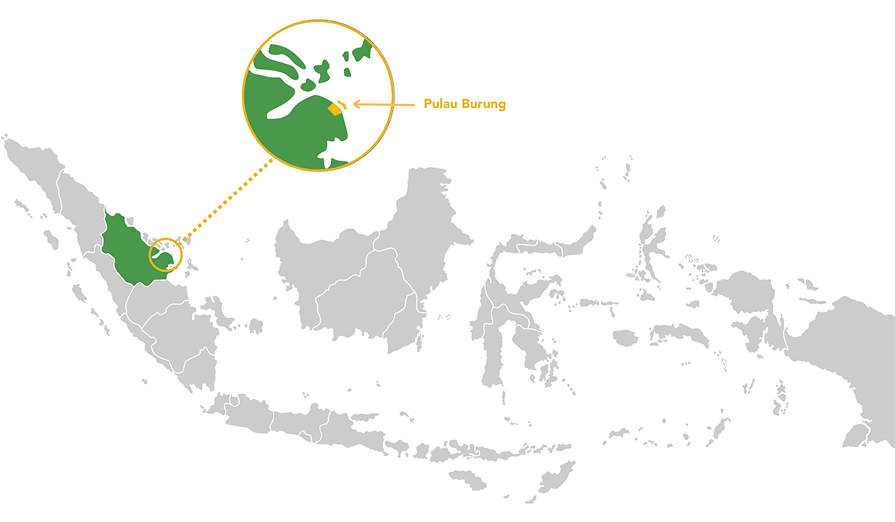Sustainable Peatland Agriculture
Uncover innovative solutions for sustainable farming on
peatlands through TJF's groundbreaking research
Pulau Burung and the Water Management Trinity
Pulau Burung’s suboptimal land is the overlap of flatland, lowland, wetland, and peatland. In managing land with peat characteristics, water management becomes the most important aspect of ensuring sustainability. In his days, our founder worked on a water management system to address the challenge of suboptimal land. The soil is highly porous, which allows too much water seepage and excessive evaporation, which become more serious during the dry seasons. The Water anagement Trinity (WMT) was then established for capturing and keeping freshwater as a resource instead of letting it leave back to the ocean.

The WMT comprises of three main components (i.e. the Canals, the Dams and Water Gates, and the Dikes) which supports the three aspects of sustainability. It is still being used until now and has been acknowledged as first of its kind in the world.
Sustainable Peatland Agriculture
Our man made canals consist of the primary, secondary, and tertiary canals that add up to more than 8,000 km in total. They make available more than 25 million m3 volume of freshwater all year round. These canals hold four main functions:
- Water retention / reservoir
- Fire mitigation
- Freshwater supply for all purposes
- Transportation of people and harvested crops
Environmentally, the Water Management Trinity (WMT) enables our lands to be fire proof. It ensures our lands receive the amount of water needed to keep the soil moisturized, while slowing down subsidence and abrasion as the dikes and water gates minimize the rain from eroding the topsoil.
The WMT also ensures the provision of freshwater supply, which is vital for regulating all economic activities in the vicinity, including agricultural development, industrial operations, and human survival.
These impacts of WMT support the idea that cultivating suboptimal land is more viable in the long run compared to expanding arable land in habitable or densely populated areas. The process may require higher initial investments for reducing soil acidity and building basic infrastructures. However, afterward, it produces better quality arable land and requires less maintenance expenditure in the long run.
LATEST RESEARCH
research,
Research Article
Sep, 2020
research,
Research Article
Nov, 2019
Kobexindo Tower – 2nd Floor, Jl. Pasir Putih Raya Blok No.E-5-D, Ancol, Pademangan, North Jakarta, Indonesia, 14430
Phone: (021) 6603926
WhatsApp: +62 815 8855 584
Privacy Policy
Copyrights © 2025 Tay Juhana Foundation